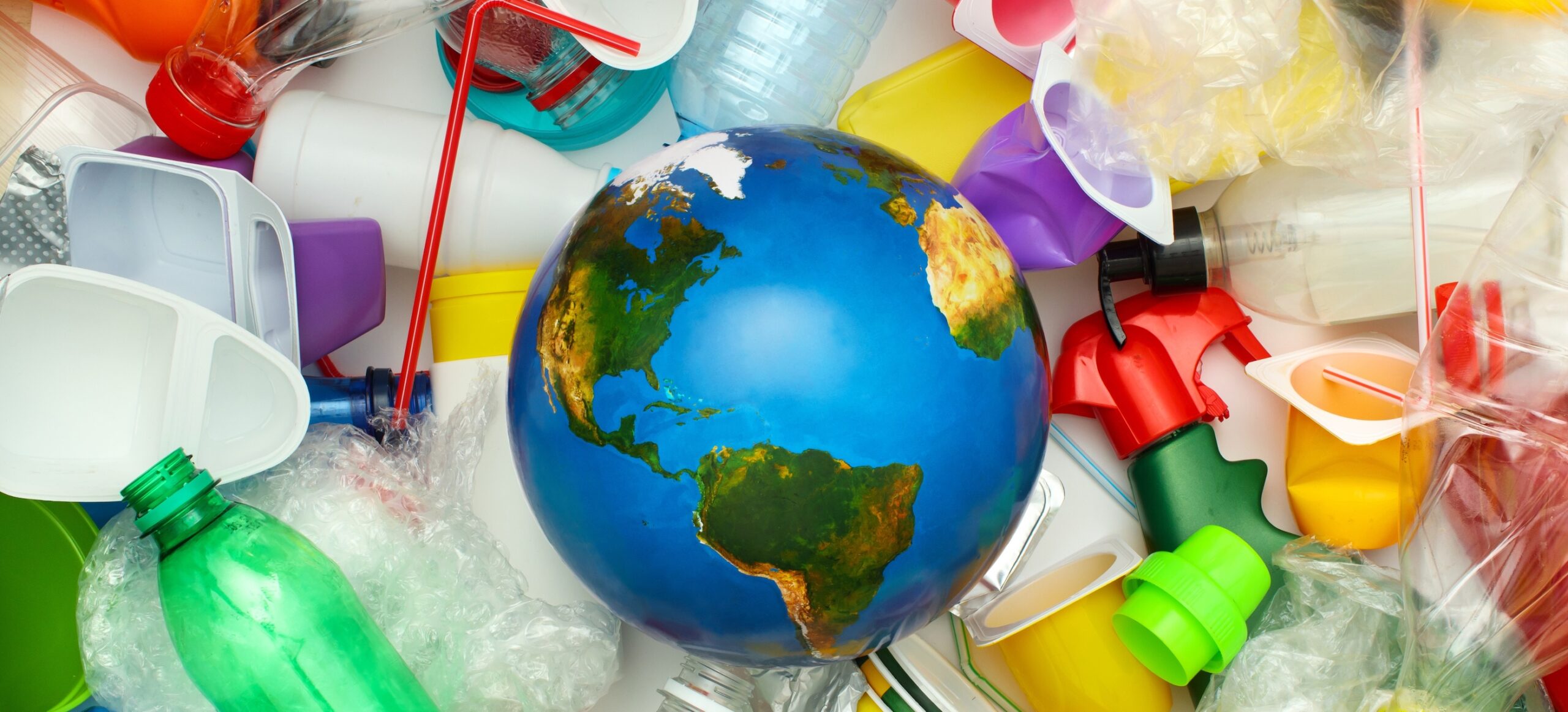Reducing plastic waste is essential in Canada, where over 3 million tons of plastic are discarded yearly, and only about 8% of this waste is recycled¹. Much of this plastic ends up in landfills or the environment, where it can break down into microplastics – small plastic pieces less than 5mm in size. Microplastics accumulate in soil, water, and even the food chain, impacting both animal and human health.
This Earth Day, follow our tips and tricks for reducing your use of plastic and help us make a difference in our shared environment!

Use non-plastic kitchen utensils and cookware:
- The wear and tear of plastic cutting boards releases microplastics, so try swapping out your plastic for wood or bamboo cutting boards.
- Try using wooden or metal cooking utensils. Heating plastic utensils can release plastic into your food.
- Many pans and pots are coated with Teflon, a type of plastic coating that can disintegrate over time. Instead, switch to cast iron or stainless steel cookware.

Practice sustainability while shopping:
- Bring reusable grocery and produce bags to the grocery store to avoid single-use plastics.
- Shop at farmers’ markets and bulk stores, where plastic is used less frequently. Bulk stores also allow you to use your own reusable containers.

Reduce the use of personal vehicles and rely on public transportation when possible:
While this is always a good practice to keep in mind, it will also reduce the dispersion of microplastics. Car tires are made in part of synthetic rubber, a plastic compound, and friction between the tire and the road releases microplastics.

Use non-plastic containers for food and drink:
- Store food and pack lunches in non-plastic containers. Try using stainless steel or glass reusable containers and utensils instead.
- Invest in non-plastic water bottles and hot drink mugs, like stainless steel or glass. Most businesses will use your containers for to-go drinks.
- Avoid purchasing single-use plastic water bottles.

Adjust your clothing routines and avoid microplastic clothing fibers:
- Shop for clothes made of natural fibres like cotton or wool instead of synthetic materials like polyester or acrylic, which release microplastics.
- New synthetic clothes release large amounts of microfibres during the first few washes, so shop for used clothes when possible, which release fewer fibers².
- Try air-drying your clothing and invest in filters for washers and dryers to catch microplastics before they reach our natural waterways.
1. Deloitte & Cheminfo Services Inc. (2019). Economic study of the Canadian plastic industry, markets and waste. Environment and Climate Change Canada.
2. De Falco, F., Di Pace, E., Cocca, M. et al. The contribution of washing processes of synthetic clothes to microplastic pollution. Sci Rep 9, 6633 (2019).






